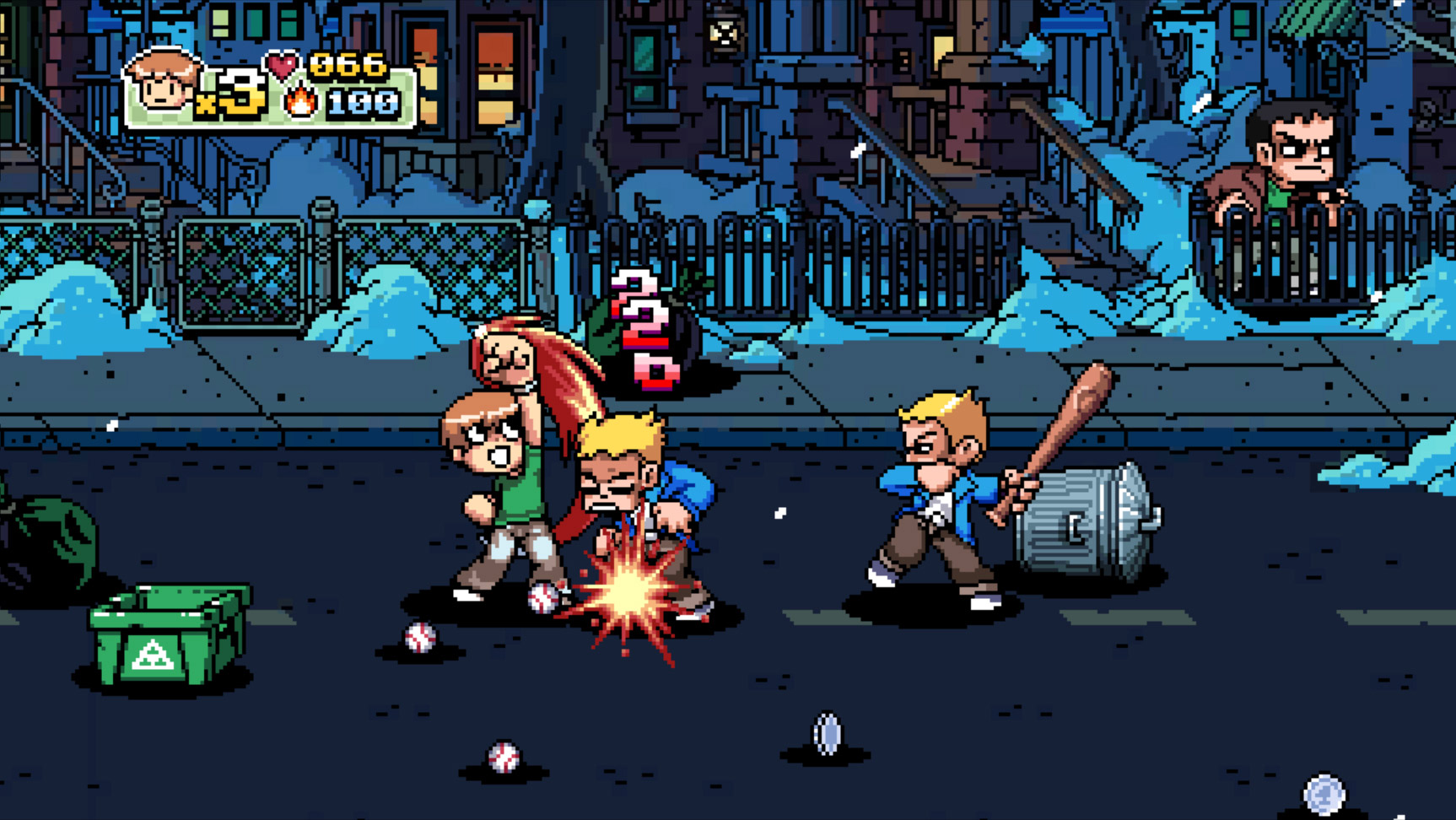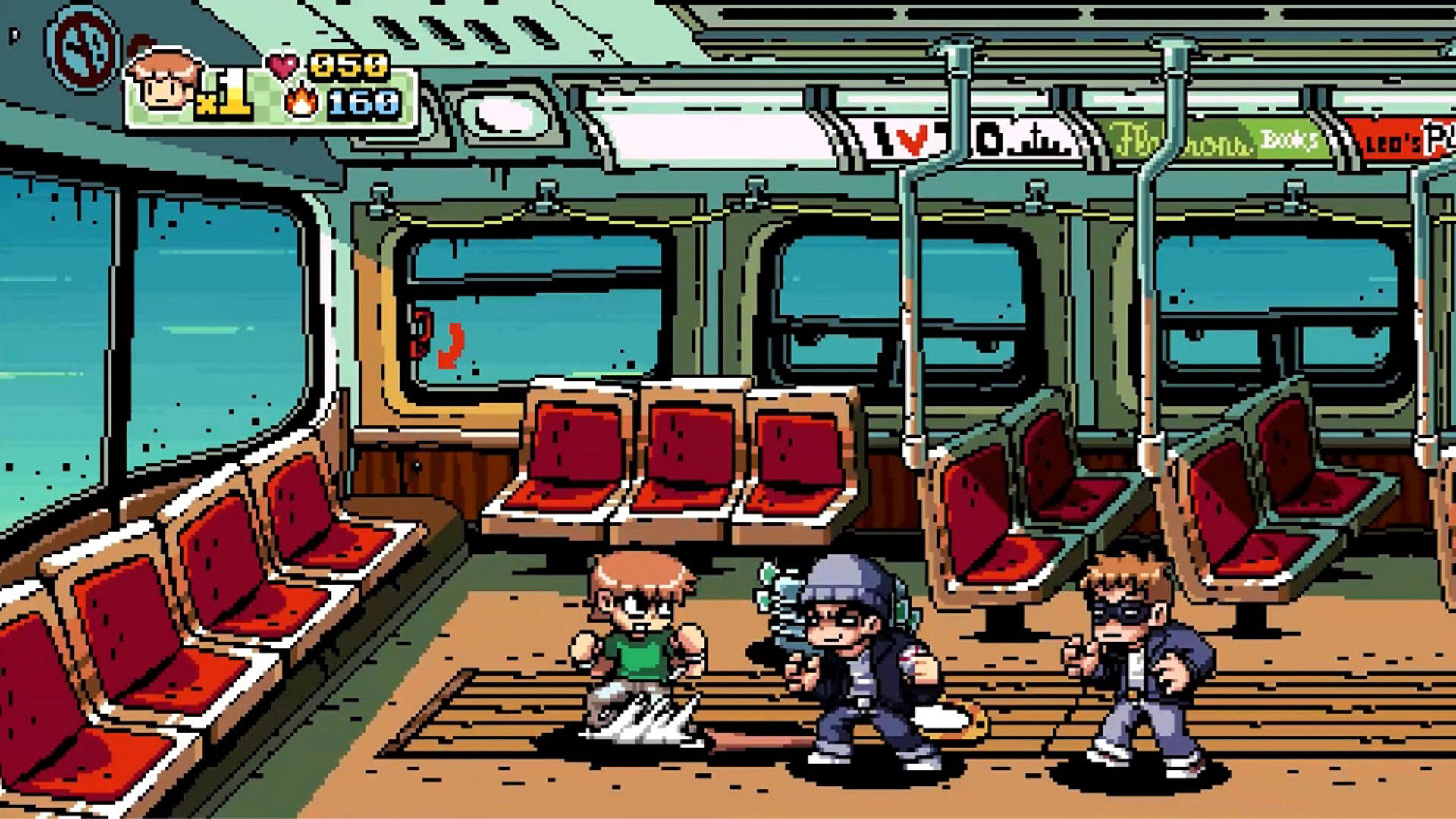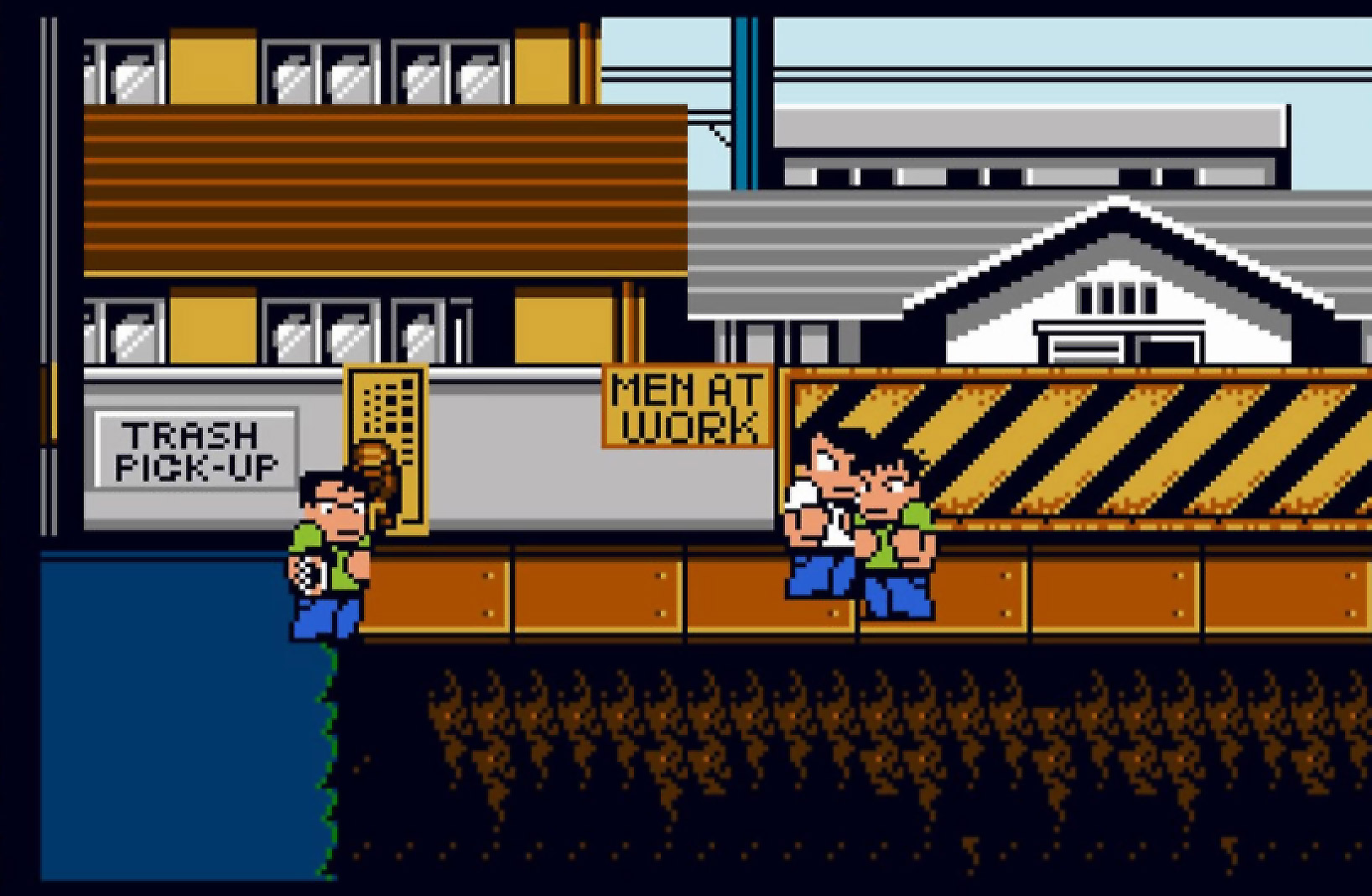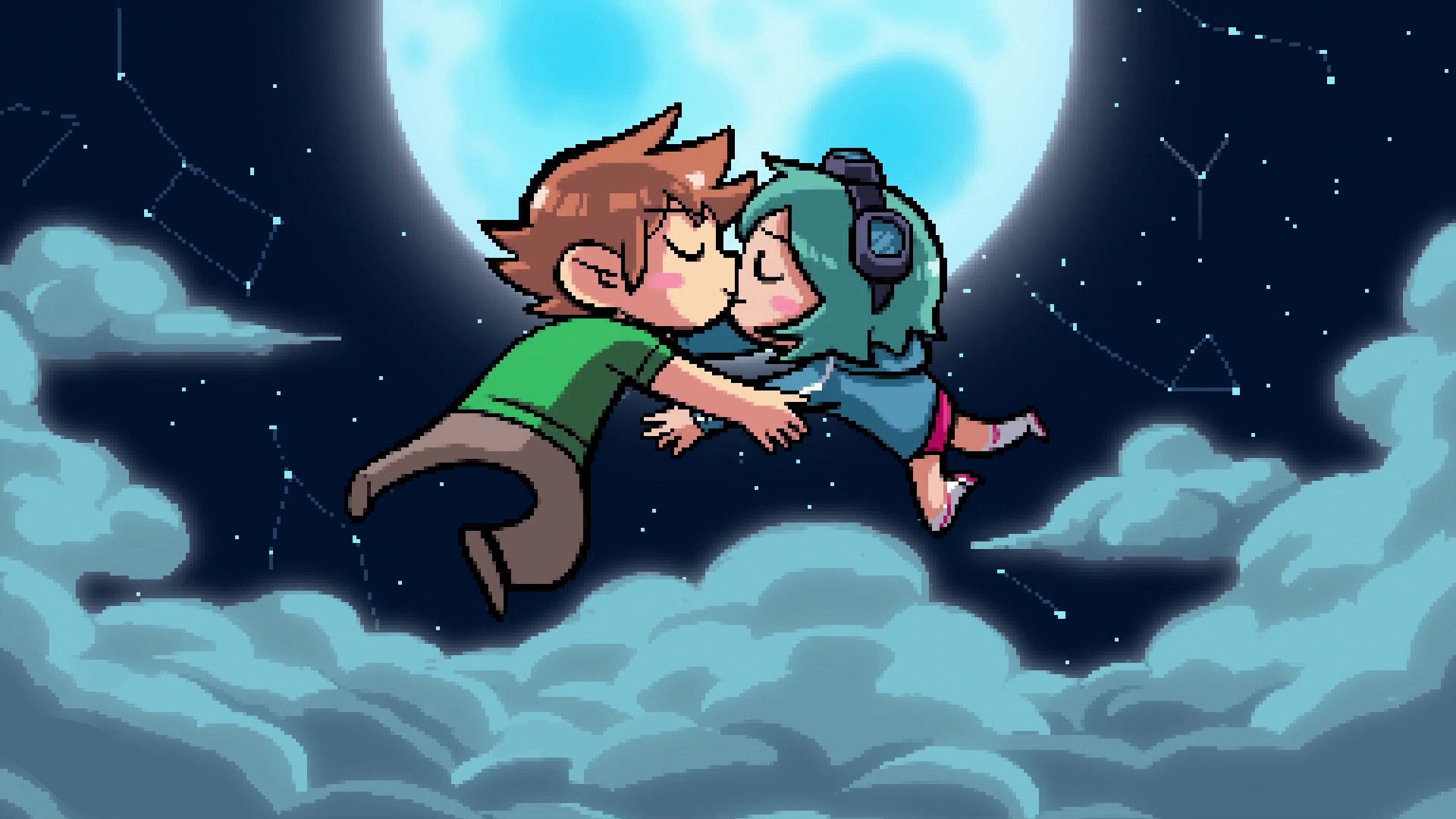Having been a fan of video games for nearly all of my life, I’ve witnessed countless grassroots efforts to get games released, re-released, or translated. Even back in the earlier days of our hobby, there were examples like Nintendo fans asking for the “real” Super Mario Bros. sequel, owners of the original PlayStation begging for more Japanese RPGs to come to our shores, the push to get Capcom to release an uncensored version of Resident Evil in English (which then went hilariously awry), and the immense—and ultimately successful—Operation Rainfall. Heck, even I got involved a few times myself, from supporting the call to get Seiken Densetsu 3 (aka Trials of Mana) released in the West in the pages of the fanzines I used to make as a teenager, to the petition website I launched asking Atlus to localize Persona 2 and Soul Hackers.
Across all such efforts throughout the years, however, there’s always been one ugly, underlying truth: Some of the games we’ve fought so hard to get released actually weren’t worth it. In my younger years, I refused to ever believe such a notion. Every game was worth the effort, and every release that finally happened was cause for celebration. Of course, in those earlier days, games simply didn’t come out in the numbers they do today. Titles from Japan getting stuck in their home country was the norm, and older games getting re-released on newer platforms was often unheard of outside of a select group. So, any victory was a major victory back then, as it was one more game that potentially had the power to show publishers and developers that such releases could be worth their time.
As both I and the video game market have matured, I’ve come to be much more selective in what I ask for—in part because I’ve fought for numerous games that ended up turning out terrible, and that’s a great way to convince their publishers to take less chances in the future.

All of this was in my mind as I went into playing the re-release of Scott Pilgrim vs. The World: The Game. After originally launching on PlayStation 3 and Xbox 360 in 2010, Scott Pilgrim vs. The World: The Game disappeared from both digital stores four years later. And, with no physical version of the title ever produced, when it was gone, it was gone. Outside of the E3 2015 Sony press conference trio of The Last Guardian, Shenmue III, and Final Fantasy VII Remake, it’s hard for me to think of another game that’s had so many fans begging, pleading, and praying for it in recent years.
In the years since, people have inundated developer and publisher Ubisoft, licenser Universal Pictures, and Scott Pilgrim creator Bryan Lee O’Malley with requests for some sort of re-release. Given the complicated nature of the game’s original existence—as a tie-in product to the movie Scott Pilgrim vs. The World—it seemed like one heck of a longshot. Well, it was a longshot that paid off. Six years of efforts by fans to make sure the game wasn’t forgotten paid off last September when Ubisoft announced Scott Pilgrim vs. the World: The Game – Complete Edition, a remaster of the original game for PlayStation 4, Xbox One, Nintendo Switch, PC, Google Stadia, and Amazon Luna. The long wait was finally over, and only one question remained.
Has all of that effort been worth it?
Scott Pilgrim vs. The World: The Game is an interesting title to go back to for me, because it’s something I never actually lost access to. I purchased it during its original release period back on the PS3, so I’ve been able to replay it anytime I wanted. I haven’t, though, so this is probably the first time in almost nine years that I’ve given it another go.
And, in doing so, I remembered why it had felt so special in the first place. In a world where games based on media licenses have been terrible more often than not, Scott Pilgrim vs. The World: The Game was a project where nearly every aspect of its creation genuinely felt special. As a side-scrolling beat ‘em up reminiscent of the days of Double Dragon, it was a mash-up of classic ideas and modern sensibilities that offered a wonderful level of depth and enjoyment either solo or with friends. The visuals, and especially the character sprite work, were fantastic, the work of artist Paul Robertson (someone I’ve been a fan of for years). And, we can’t forget the stellar soundtrack, which came thanks to chiptune punk band Anamanaguchi.

For me, there’s no question that Scott Pilgrim vs. The World: The Game deserved to be re-released. It was a game beloved by a whole lot of people for very good reason. With the ever-growing danger of games both becoming harder to purchase and harder to keep alive even by not-quite-legal means—especially when it comes to digital releases—we need to make sure as many good games as possible continue to be accessible for generations to come. This re-release of Scott Pilgrim vs. The World: The Game will now help keep it available for three main reasons: the growing push to have consoles offer better backward compatibility from generation to generation, its release on a platform (PC) where keeping legacy titles alive is much easier, and the fact that it’s finally getting a physical release.
So, yes, all of the blood, sweat, and tears that have culminated in Scott Pilgrim vs. the World: The Game – Complete Edition were all worth it—but that doesn’t mean the game is as good as we’d like to remember.
Now, let me be clear here: It’s a good game. It is! But an older and wiser me is also able to admit that time has unfortunately taken some toll on the game. For some people, it won’t be a big toll, or one that matters in any way. Scott Pilgrim vs. the World: The Game certainly isn’t a game that should now only exist in our memories, but you may very well be seeing those memories through rose-tinted glasses.
To explain, I need to go back to the year 1990, when Technos Japan released the game that would heavily inspire Scott Pilgrim vs. the World: The Game: River City Ransom. As a child, playing River City Ransom was an experience beyond explanation, because no game like it had ever existed on the NES, or really anything. It’s hard to imagine now, but Technos’ brawler was almost like an early manifestation of ideas that would grow into open-world sandboxes such as Grand Theft Auto 3. The game, at least to the mind of a child, held a lofty promise: go anywhere, do anything.

For its time, River City Ransom was groundbreaking in so many ways, and its influence on both the genre and video games as a whole is still felt today. I have my NES cartridge sitting on the shelf behind me, and I go back to it every few years whenever I want to spend some time messing around and reminiscing. When I do, however, I’m faced with the reality that the game just isn’t as good as I remember it being—in part because it can’t be. River City Ransom was one of those games that was in the right place at the right time, and which succeeded in part because its flaws were things we didn’t yet fully appreciate as flaws. Its janky collision detection. Its somewhat stiff controls. Its at times cryptic requirements for story progression. At the time, none of those things mattered that much, because the game was so far beyond its peers in so many other ways. Now, even as someone who will always cherish River City Ransom, I can’t ignore those flaws.
It isn’t that Scott Pilgrim vs. the World: The Game was anywhere near as revolutionary or groundbreaking as River City Ransom was—but it definitely shares some of the same faults as its idol. While 10 years of gameplay advancements separate the two titles, it’s hard not to compare the game to more modern takes on the genre like Streets of Rage 4. Like River City, Scott Pilgrim’s controls and hit detection are off enough to make certain situations with enemies frustrating. Combat can feel repetitive until you’ve unlocked more moves, which you must do per character—meaning that if you only focus on your favorite, your friends are left with far less capable choices to pick from. The first stage feels overly long as an introduction to the game, while better later stages can feel like they’re over too quickly.
Scott Pilgrim vs. the World: The Game absolutely deserved to make a return, and hopefully, it’ll now stick around for good. At the same time, I think we need to be honest about what it is, and not let nostalgia cloud our judgment of its faults. In asking for the game’s re-release, I’ve at times seen the attitude that it was one of the greatest beat ‘em ups ever created. That’s definitely giving it too much credit—but also putting too much pressure on a game that genuinely does do a lot of things right, and which deserves at least some of the legacy that’s built up around it over the last 10 years.
So, Scott Pilgrim vs. the World: The Game, I’m glad that you’re back—but don’t let all of the hype that’s built up around you in your absence go to your head.


Mollie got her start in games media via the crazy world of gaming fanzines, and now works at EGM with the goal of covering all of the weird Japanese and niche releases that nobody else on staff cares about. She’s active in the gaming community on a personal level, and an outspoken voice on topics such as equality in gaming, consumer rights, and good UI. Check her out on Bluesky and Mastodon.